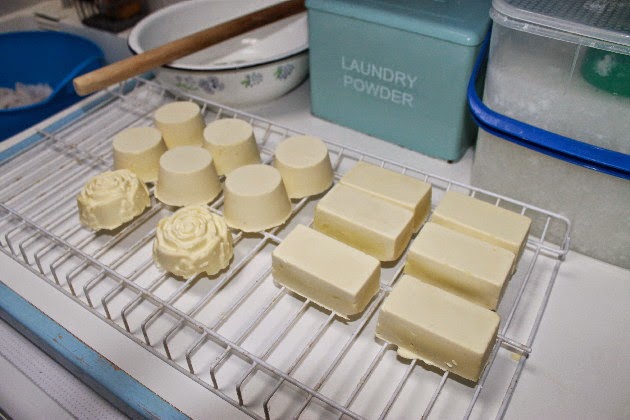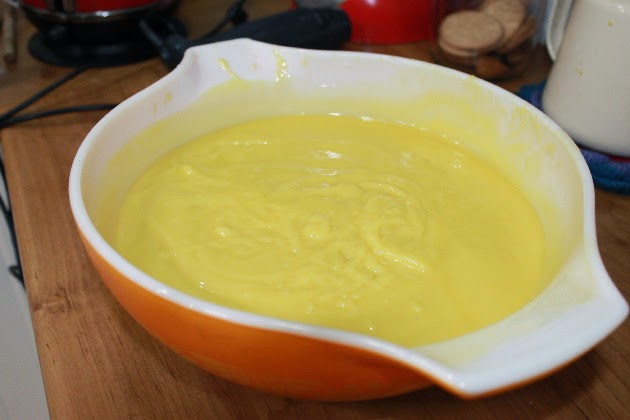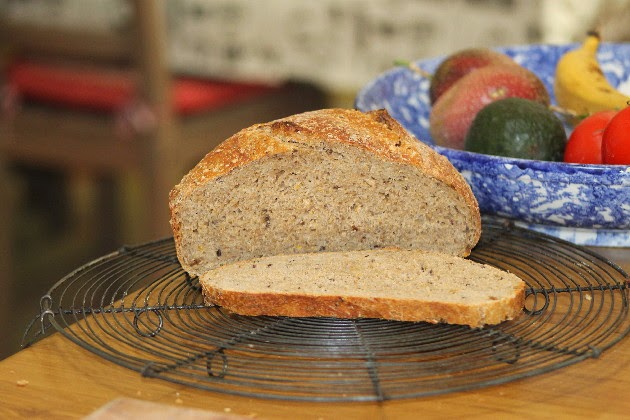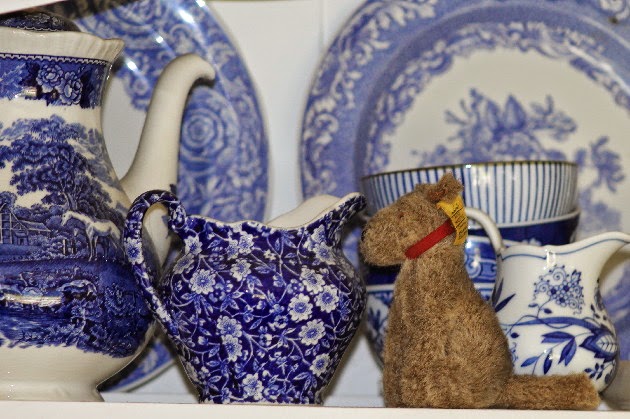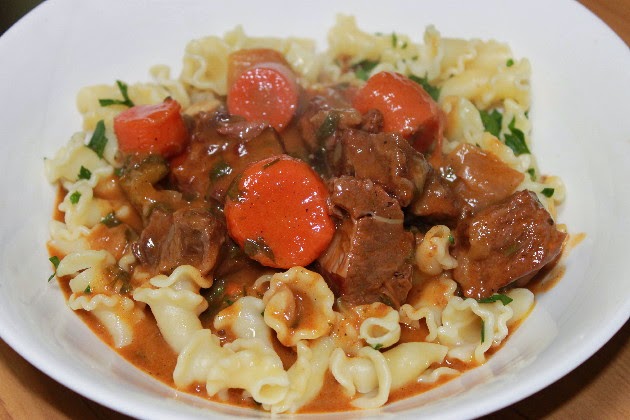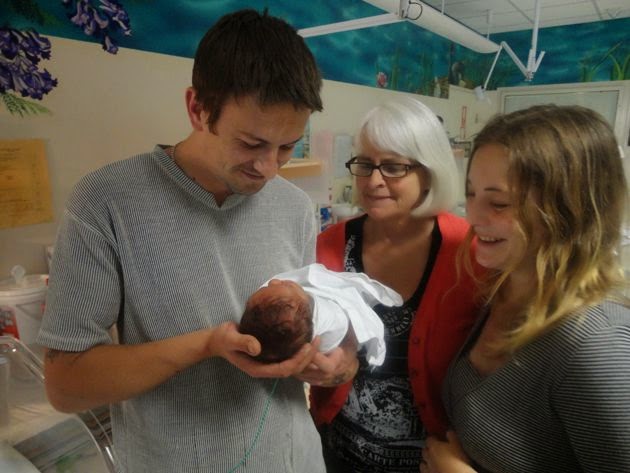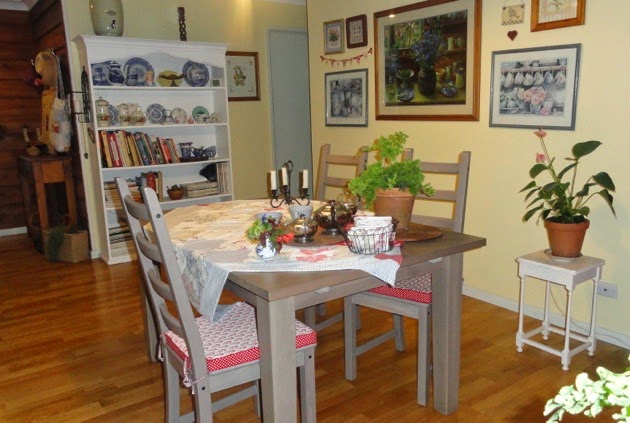Last week I said I'd write about a chicken meal for the slow cooker, so here it is. I cooked mine in a cast iron pot in the oven because I left it too late for the slow cooker - it needs at least four hours and I only had two. The recipe is the same though and I hope you enjoy it. It will serve four to six adult portions and, as usual, you can use whatever vegetables you have in the fridge. I've given the oven cooked and the slow cooker instructions, so watch out for the points of difference as you read.
Get yourself a free range or organic chicken, or better still, one of your own meat birds, and make sure there is nothing in the cavity. Wipe the skin dry and place the whole bird in a lightly oiled pot to brown. Don't skip this step, it's what gives the chicken the depth of flavour it will develop during the cooking.
While the vegetables are browning, organise your spices. I used cumin seeds, dried chilli and paprika as well as finely chopped flat parsley from the garden. If you have to grind the spices, do that now.
You can use any vegetables you have in the fridge - but do use onion as it gives the meal a good foundation. You can choose your own spices and herbs too. Use what you have on hand. If you enjoy curried chicken, this is a good way to make it when you don't have a lot of time. Add your favourite curry paste or spices, let them toast for a while, then add the water. Chicken is a very versatile meat and will team up well with many flavours.
When the vegies have developed some colour, add the spices and stir them around with the vegetables to toast. This will bring out their natural flavours. Add two dessertspoons of plain/all purpose flour and stir in. Add one litre/quart of water and stir. When that's done, add the chicken back to the pot, season with salt and pepper and mix it all together. If you're using the slow cooker, this part of the cooking is now done.
If you're going to cook this in the oven, it will need more water than the slow cooker version so pour over another litre/quart of water. You don't need to use stock for this - the water will turn into stock while it's cooking the chicken and vegetables. Mix it all together.
If you're going to cook this in the oven, it will need more water than the slow cooker version so pour over another litre/quart of water. You don't need to use stock for this - the water will turn into stock while it's cooking the chicken and vegetables. Mix it all together.
You can prepare everything to this point the day before and store it in the fridge. You don't have to but if it will be easier for you to do it in two batches, this is where you end the first batch.
If you're cooking it in a slow cooker, pour the contents of the pan into the slow cooker and start it on the low setting. It should cook for at least four hours but it will bubble away nicely, developing flavour, all day.
If you're cooking it in the oven, put the lid on the pot and place it in a medium oven, around 165C/320F for about two hours. If you only have an hour, set the oven to 200C/390F to cook it faster. Slow cooking will develop more flavour.
When it's finished, add two spoons of sour cream (optional), and serve it with potatoes, or rice if you made a curry. The meat should just fall from the bone.
Please note: if you use chicken pieces or chicken breasts for this recipe, don't cut them up. Slow cooked chicken will dry out if it's in smaller pieces. If you need to serve smaller pieces, cut them after cooking.
This is a good hearty family meal and just right for a mid-week meal when you're working throughout the day. If you can manage to do the preparations the evening before, you just pop it into the slow cooker before you go to work. I hope you enjoy it.











